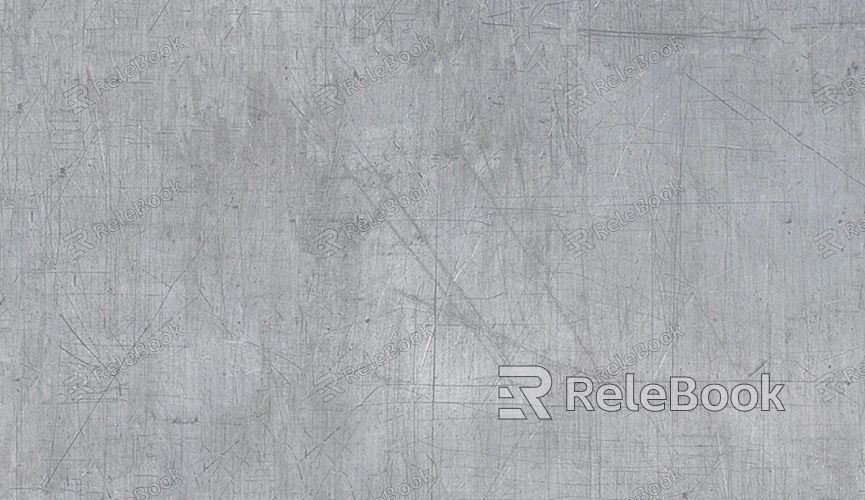How to Bake Texture to 3D Model Face in C4D
Texture baking is a technique used to transfer material and lighting information directly onto the surface of a 3D model. This process is especially useful in optimizing scene performance, whether for game development, animation, or virtual reality projects. Cinema 4D (C4D), a powerful 3D design tool, offers an intuitive workflow for baking textures efficiently. Similar functionality is available in software like Blender, Maya, and 3ds Max. This guide will walk you through the steps to bake textures onto a 3D model in C4D, covering preparation, execution, and optimization tips to help you meet project requirements.

1. Identify the Types of Textures to Bake
Understanding your texture requirements is the first step toward a successful bake.
Determine the Texture Goals: Common types of baked textures include diffuse (color maps), lighting data, normal maps, and reflections. These define the model's visual fidelity.
Define the Use Case: For scenarios like real-time engines (e.g., Unreal Engine or Unity) or reducing render times, prioritize simplified yet effective textures.
2. Prepare the Model and Materials
Before starting the baking process, ensure your model and materials are properly adjusted.
Optimize Model Topology: Remove unused vertices and unnecessary polygons to ensure smooth UV mapping and faster baking.
Check Material Assignments: Verify that all materials are assigned correctly. Adjust material properties, such as enabling reflections or glow, based on the project needs.
3. Create UV Mapping
UV mapping is essential for projecting the baked textures correctly onto your 3D model.
Generate UV Maps: Use C4D’s UV editor to unfold your model’s surface, ensuring accurate texture distribution across the 3D surface.
Optimize UV Layouts: Avoid overlapping UVs and ensure every surface corresponds to a unique section of the texture map. For complex models, leverage auto-unwrapping tools for efficiency.
4. Configure Baking Settings
C4D offers flexible texture baking options to match various project requirements.
Select the Object to Bake: In the Object Manager, choose the model and assign a new material container for the baked texture.
Set Texture Resolution: Choose a resolution (e.g., 1024x1024 or 2048x2048) that balances quality and file size based on the project’s needs.
Enable Necessary Channels: Activate specific baking channels like color, ambient occlusion (AO), and reflection to include all critical information in the baked texture.

5. Execute the Baking Process
Once the setup is complete, proceed to bake the textures.
Run the Baking Tool: Use the “Bake Texture” option in C4D’s material settings to generate the texture images based on your configurations.
Review the Results: Preview the baked textures to ensure no distortions or seams. If issues arise, adjust the UV map or material properties and repeat the process.
6. Optimize the Baked Textures
To maximize utility, refine the baked textures for performance and quality.
Compress Texture Files: Use tools like Photoshop or Substance Painter to reduce file sizes while maintaining visual clarity.
Combine Texture Maps: For models with multiple materials, merge them into a single texture map to improve loading efficiency.
Fine-Tune Details: Adjust parameters such as normal strength or lighting brightness to enhance realism in the target environment.
7. Test and Apply the Textures
Evaluate the baked textures in a real-world setting to ensure they perform as expected.
Import into Target Software: Load the model into rendering software or game engines and observe its appearance under various lighting conditions.
Verify Compatibility: Ensure the texture format is suitable for your export pipeline (e.g., GLTF, FBX) to prevent rendering issues.
8. Enhance Overall Performance
One of the primary goals of texture baking is improving performance in real-time environments.
Implement LOD (Level of Detail): Create multiple detail levels for the model to optimize rendering at different distances.
Reduce Material Calls: Consolidate textures and materials to minimize GPU workload.
Use Low-Poly Models: Pair the baked textures with simplified geometry to achieve a balance between performance and appearance.
By following these steps, designers can efficiently bake textures onto 3D models in C4D, improving visual quality and project performance. This workflow is especially beneficial for games and real-time rendering scenarios, where both aesthetics and efficiency are paramount.
If you're searching for high-quality 3D texture resources, SketchUp models, or 3ds Max assets for your projects, Relebook offers an extensive selection to help you achieve outstanding results in your designs. Explore their collection today and bring your creative visions to life!

